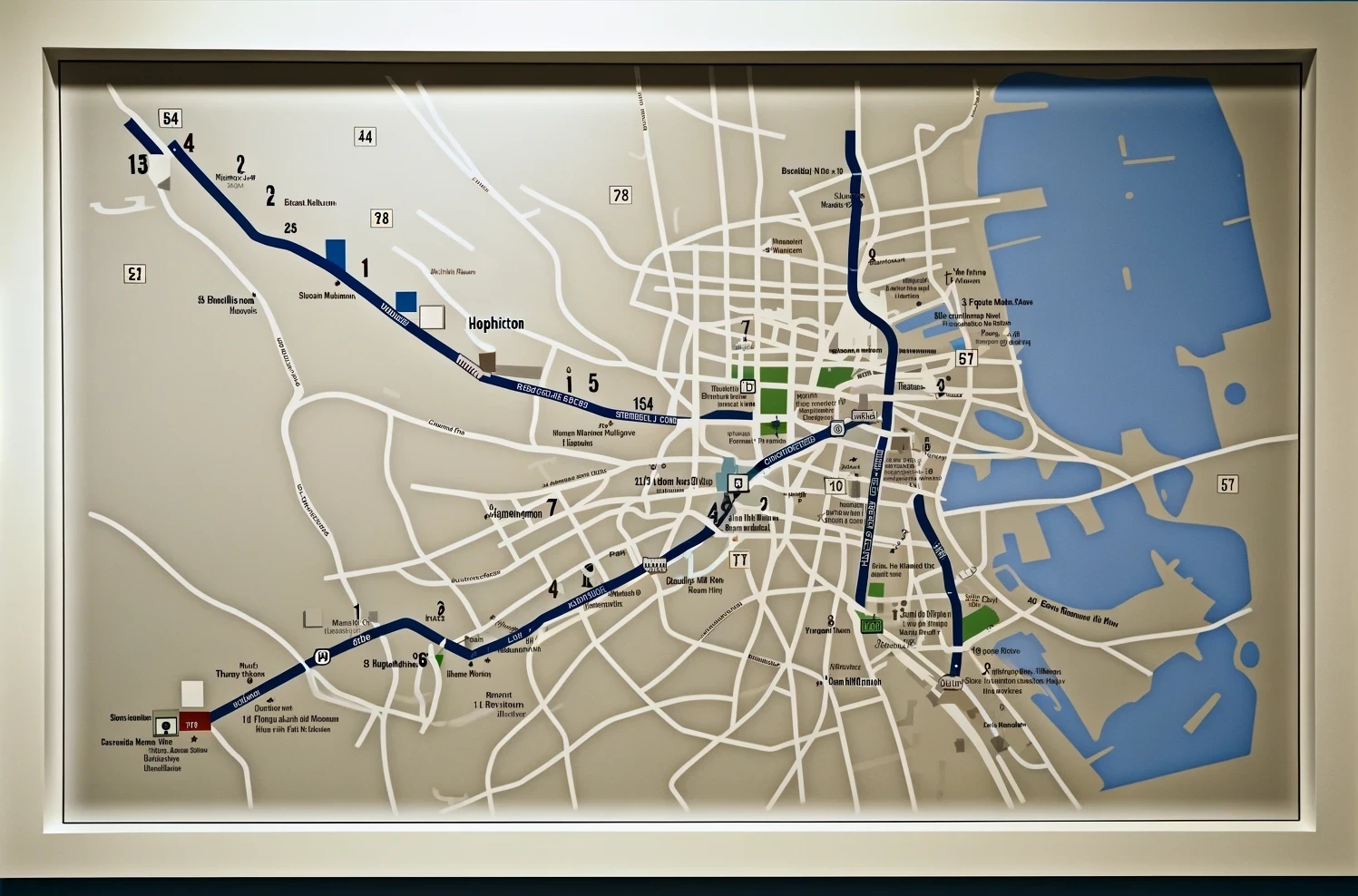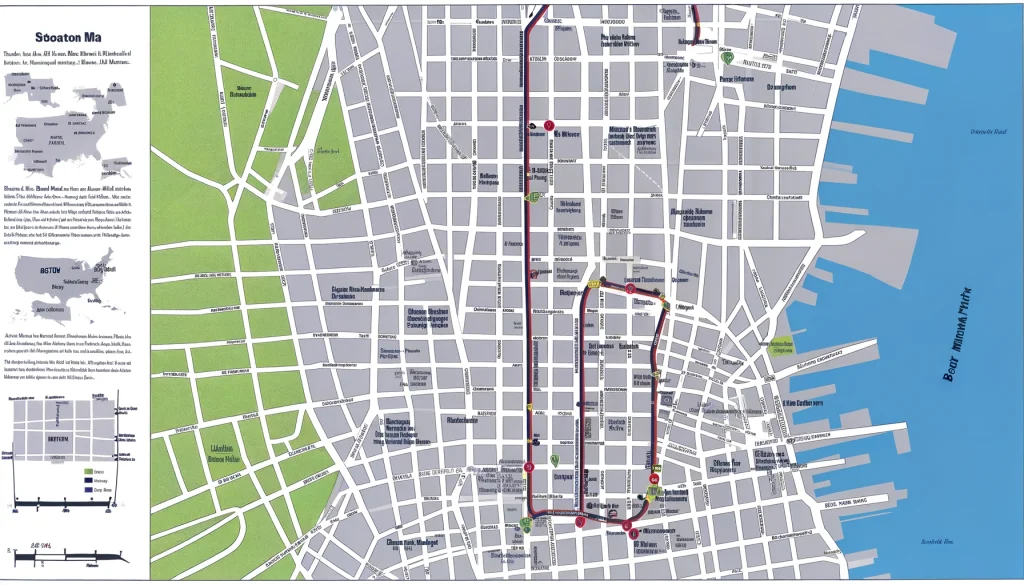
Every year, the city of Boston and its myriad visitors gather for the Boston Marathon, an event steeped in tradition and marked by resilience. This annual occurrence is not just a competition but a poignant act of remembrance and defiance. The decision to continue holding the marathon annually serves as a powerful testament to the strength and unity of the Boston community and the wider world that stands with it.

Following the 2013 bombing, the continuation of the marathon has taken on additional layers of meaning. It stands as a memorial to those affected by the tragedy and as an affirmation that fear will not dictate the actions of a free society. The event encapsulates the spirit of Boston Strong, a rallying cry that emerged in the wake of the attacks, symbolizing the city’s resolve to not be cowed by acts of terror. This sentiment resonates with the collective desire to honor the victims and heroes by continuing life with even greater determination and togetherness.
The marathon, therefore, is more than just a race; it is a vivid display of community resilience and a rejection of the fear that terrorism seeks to instill. The very act of running the race, cheering from the sidelines, and participating in any capacity represents a stand against those who wish to disrupt and destroy. It’s a message that life goes on, and that community values like solidarity and perseverance prevail.
The Boston Marathon has become a platform for many survivors and their families to reclaim their stories, to transform their experiences of loss and trauma into narratives of survival and hope. It also serves as an occasion for the city to showcase its hospitality, strength, and vibrancy, drawing people from all corners of the globe in solidarity.
By continuing to host the marathon each year, Boston sends a clear message: terrorism does not achieve its goals. Instead, the community grows stronger, more connected, and more determined to uphold the freedoms and joys of life, like running a marathon. In this way, the event transcends sport, becoming a symbol of endurance and unyielding spirit.
Thus, the Boston Marathon remains a vital part of the city’s identity and its annual calendar, a demonstration of the power of human spirit and community resilience in the face of adversity.
The Boston Marathon bombing was a tragic event that took place on April 15, 2013, near the finish line of the annual Boston Marathon. This terrorist attack, executed using homemade pressure cooker bombs, resulted in the deaths of three people and left over 260 others injured, marking a somber day in American history.
The marathon, a long-standing annual event that attracts runners and spectators from all over the world, was transformed from a scene of athletic celebration to one of chaos and horror when two explosions occurred seconds apart. The bombs were placed near the finish line on Boylston Street, an area typically crowded with cheering crowds and exhausted runners reveling in their accomplishments.
The impact of the explosions was devastating. The blasts not only caused physical injuries ranging from cuts and bruises to severe limb injuries, necessitating amputations, but also inflicted deep psychological trauma on victims, responders, and the broader community. The imagery of the smoke-filled streets, panicked crowds, and the valiant efforts of first responders formed a poignant chapter in Boston’s history.
In the immediate aftermath, the city was thrown into a tense and fearful state, leading to a massive manhunt for the perpetrators. The investigation quickly led to the identification of two suspects, brothers Tamerlan and Dzhokhar Tsarnaev, who were believed to have orchestrated the attack influenced by extremist beliefs.
The elder brother, Tamerlan, was killed in a confrontation with the police in the suburb of Watertown several days later, which also left a police officer dead. The younger Tsarnaev, Dzhokhar, was captured the following day in a dramatic standoff, found hiding in a boat in a resident’s backyard. His capture marked the end of a harrowing period of uncertainty and fear for the city of Boston and the nation at large.
The trial of Dzhokhar Tsarnaev was a focal point of national and international attention, raising numerous debates about terrorism, security, and civil liberties. In 2015, he was convicted on all 30 charges against him, including the use of a weapon of mass destruction leading to death, and was subsequently sentenced to death. His trial underscored the broader implications of the attack, touching on issues of radicalization, the effectiveness of the U.S. immigration system, and the balance between security and privacy.
The Boston Marathon bombing also had profound effects on community and national policies related to security at public events. It led to increased security measures at major sporting and public events across the country, aiming to prevent similar tragedies. The Boston Strong campaign emerged as a rallying cry, a symbol of resilience and unity in the face of terror. It encapsulated the spirit of a city that, despite the grief and shock, showed remarkable strength and solidarity.
As Boston healed, annual marathons resumed with even greater participation and support, reflecting a community’s defiance and its commitment to overcoming fear and adversity. The event served as a powerful reminder of the vulnerability of public spaces in the modern world and the need for vigilance, preparedness, and the maintenance of democratic values in the fight against terrorism.
Years later, the Boston Marathon bombings continue to resonate as a poignant reminder of the need for resilience and unity in the face of terror. The event not only tested the fabric of the community but also strengthened it, leaving an indelible mark on the hearts and minds of those who lived through it and those who remember it.
Map illustrating the Boston Marathon route, highlighting key locations and the sites of the bomb explosions.